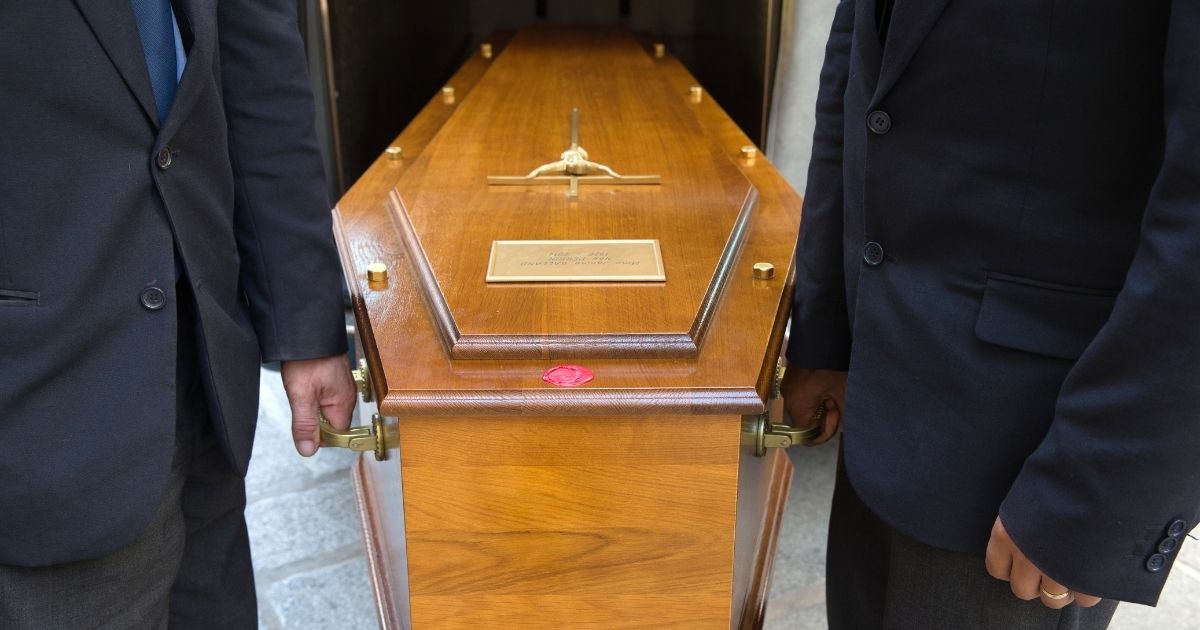Excavation at Jerusalem's church offers glimpse into ancient life
Archaeologists in Jerusalem have unearthed ancient agricultural remnants at the Church of the Holy Sepulchre, shedding light on the site's historical usage.
Recent discoveries, including 2,000-year-old seeds and pollen, confirm the Church of the Holy Sepulchre's past as a garden, quarry, and significant Christian landmark, Fox News reported.
The Church of the Holy Sepulchre, recognized as the crucifixion and burial site of Jesus Christ, has been the focus of a significant archaeological project. This site in Jerusalem's Christian Quarter has long attracted scholars and believers intrigued by its deep historical roots.
An In-depth Look at the Holy Sepulchre's Layers
The recent excavation led by Francesca Stasolla, a professor from Sapienza University of Rome, aims to provide a clearer understanding of the site's complex history. The Church, originally founded in 326 A.D., plays a central role in Christian heritage, encapsulating various historical phases from its initial construction through the Crusades to modern times.
Archaeologists have documented the presence of ancient olive trees and grapevines through the findings of seeds and pollen. These discoveries not only date back to around 2,000 years but also resonate with descriptions found within biblical texts, suggesting the site's use as agricultural land before its establishment as a sacred Christian location.
From Quarry to Sacred Ground
The area known as Calvary, where the church is situated, was initially used as a quarry. According to Stasolla, as the quarrying activities ceased, the site transitioned to agricultural use, evidenced by the cultivation of olive trees and grapevines, before becoming a funerary and ultimately a sacred site. "The quarry had to be gradually abandoned, and as the stone extraction ended, it was used for agricultural areas and tombs. This must have been what it looked like in the 1st century A.D.," explained Stasolla.
The archaeological findings thus bridge the historical knowledge gap between the site's industrial use and its sacred Christian significance. This continuum from a practical quarry to a revered burial site highlights the dynamic transformations over centuries, influenced by socio-cultural and religious developments.
Preliminary Findings and Future Expectations
Stasolla commented on the scope of materials unearthed, including ceramics, metals, and glass, which "document both the occupation of the area and the presence of believers and pilgrims throughout history." This mix of artifacts underscores the long-standing significance of the site as a pilgrimage destination, evolving through various historical epochs.
While the initial findings have been promising, further tests on the ancient seeds and pollen are underway to provide more precise dating and insights. Stasolla remains optimistic about future discoveries: "The excavation work is still in progress, and the study will reveal many surprises," she stated, highlighting the ongoing nature of their research.
This excavation, notable for being the church's most comprehensive restoration in nearly two centuries, is particularly significant for understanding the historical and religious evolution of Jerusalem. The work covers all church areas commonly accessed by the religious communities that share the space.
Broader Implications of the Excavation
"It is certainly a strategic excavation for the knowledge of the development of the city and its process of sacralization in a Christian key," remarked Stasolla, emphasizing the broader cultural and historical implications of the findings. These insights contribute to a deeper understanding of how Jerusalem's landscape was shaped by its religious and communal activities.
As the excavation continues, the archaeological team remains committed to uncovering more about this fascinating site. The discoveries not only enrich our understanding of historical practices and religious life in Jerusalem but also reinforce the profound significance of the Church of the Holy Sepulchre within the Christian tradition, linking tangible evidence with spiritual narratives.
The findings from this excavation not only provide a window into the past lifestyles and practices but also offer a tangible connection to biblical descriptions, thus deepening the link between archaeology and scripture. Stasolla's work exemplifies how modern archaeology intertwines with historical texts to enrich our understanding of ancient sites.






